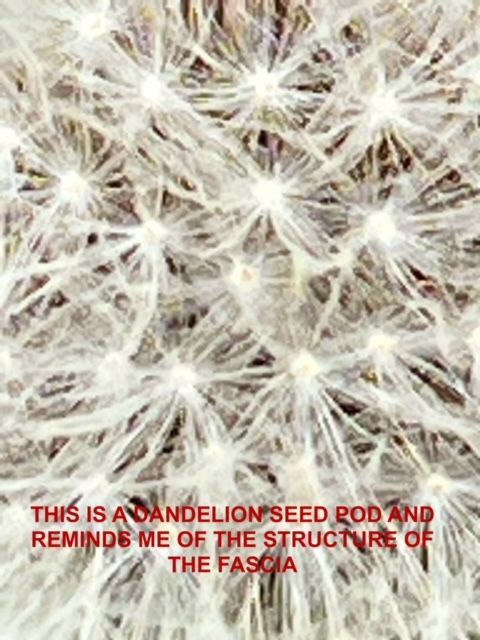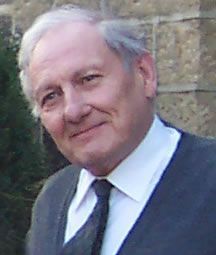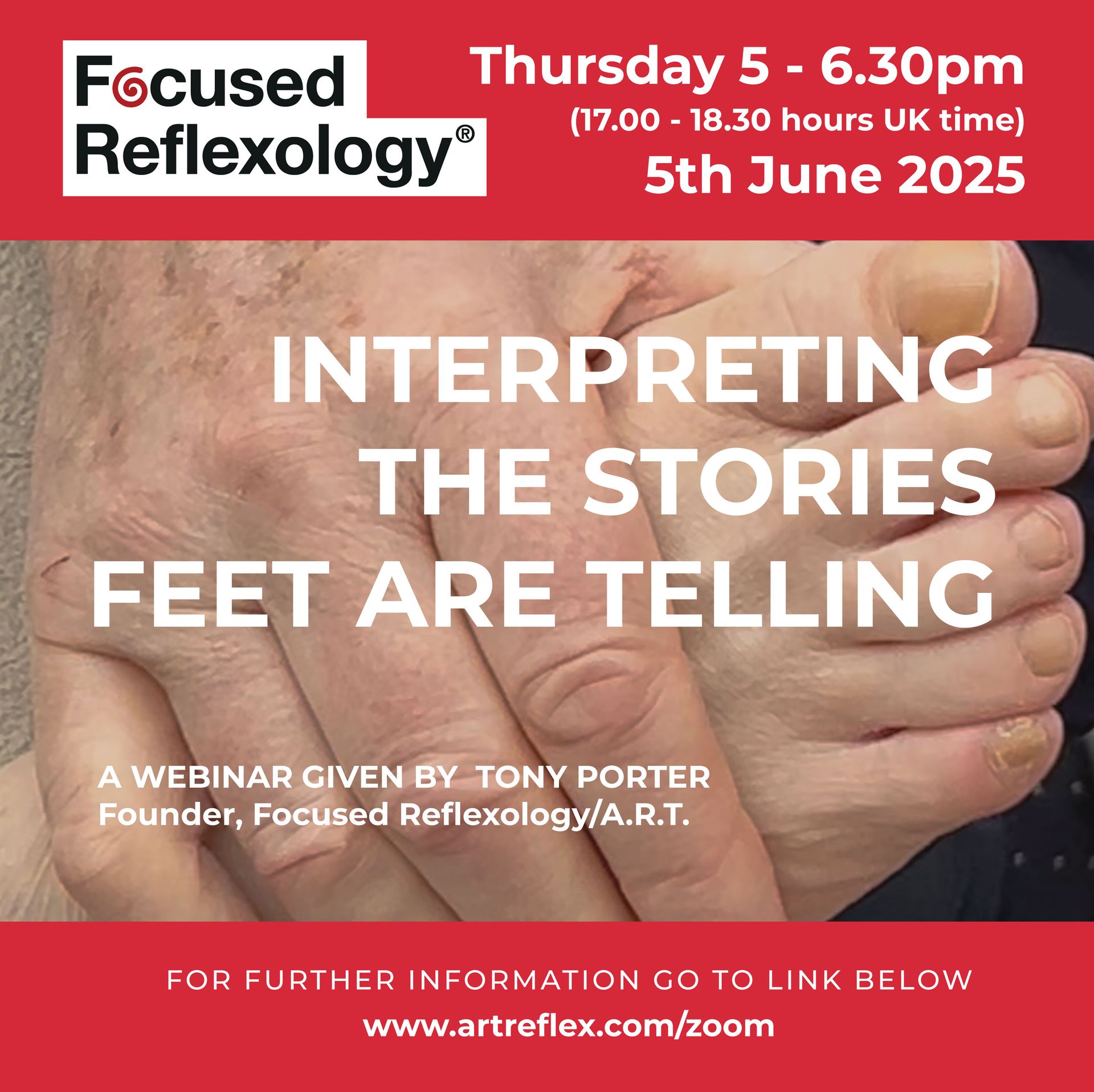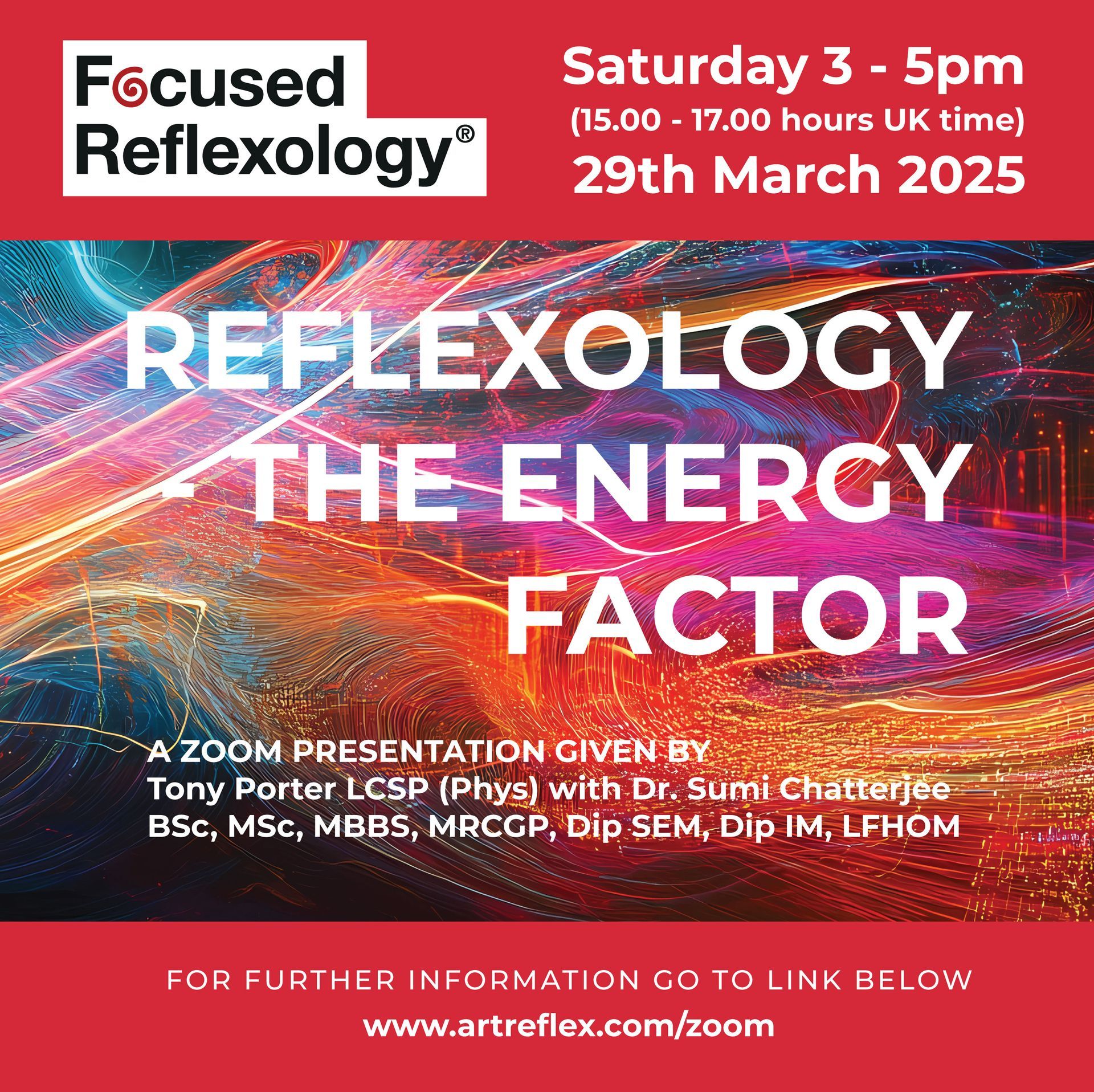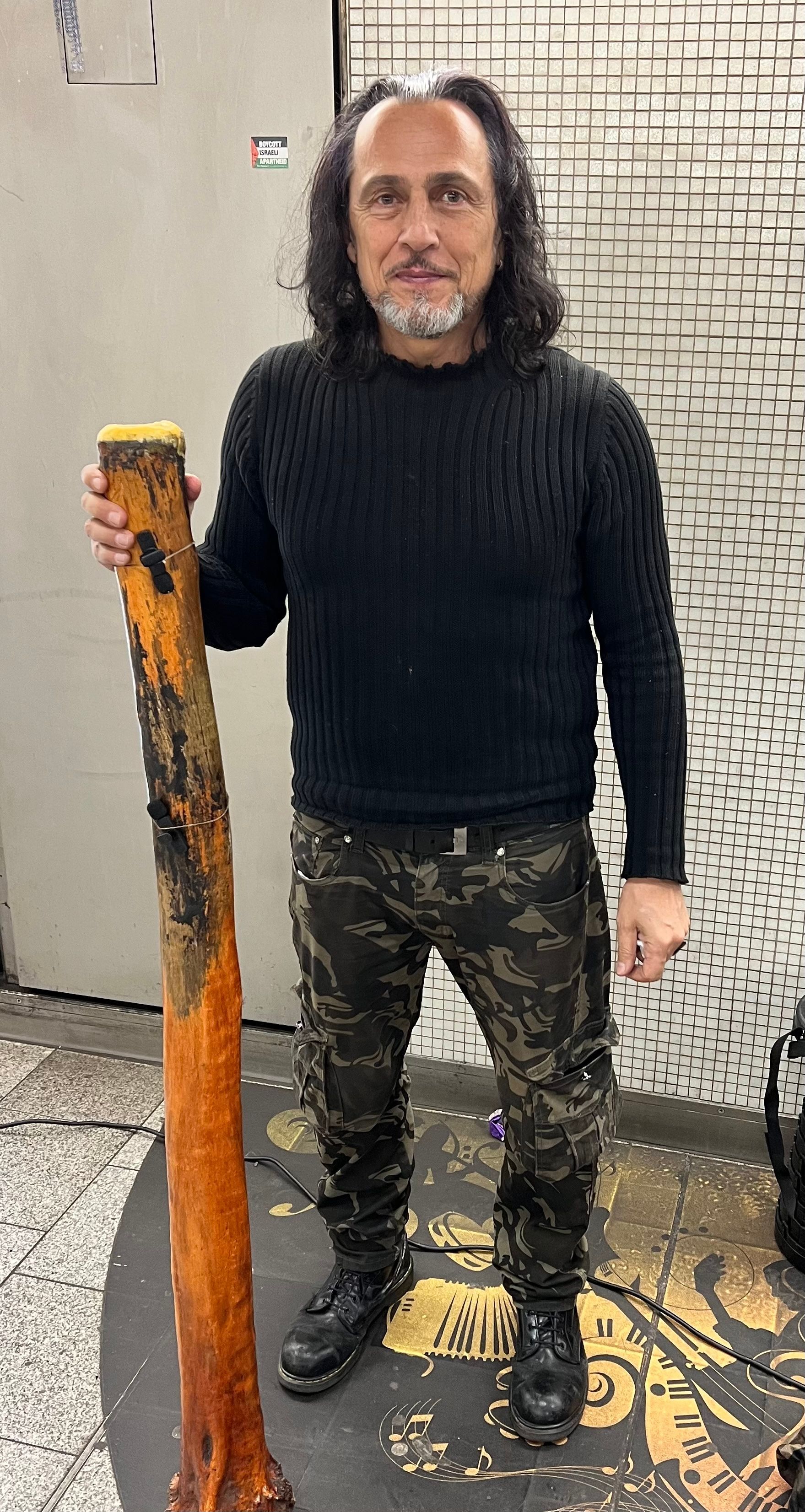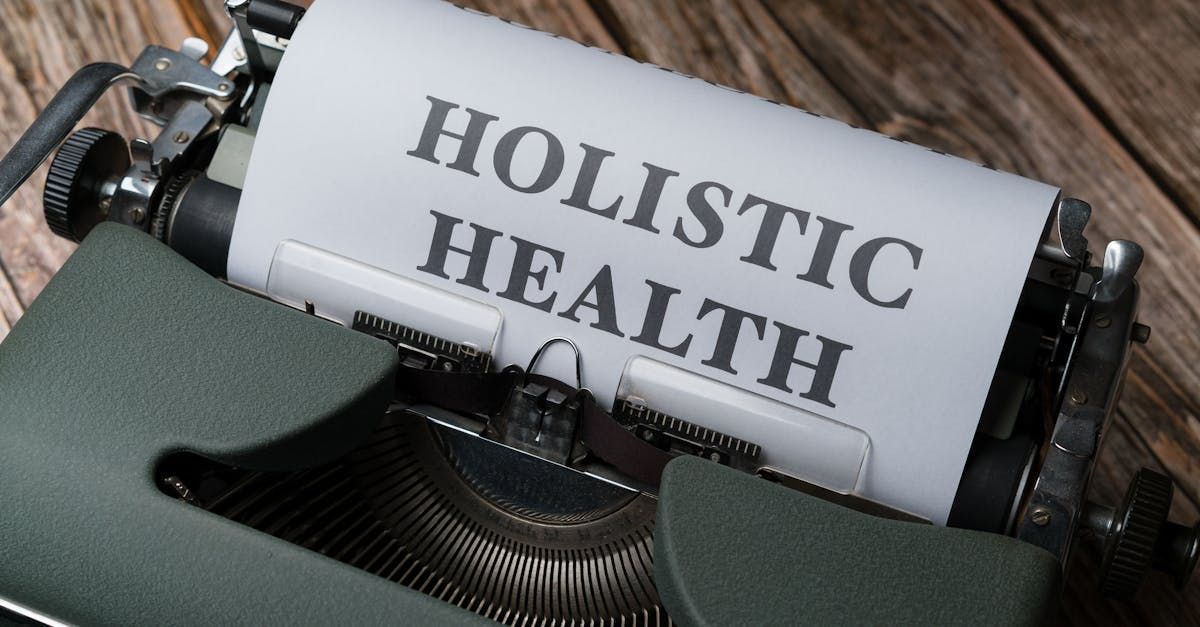The influence of the neck on the reflexes of the feet.
In my early physical therapy days back in the 1970s.
I was fortunate to have met and taught by Arthur Lincoln Pauls, osteopath and founder of Ortho-Bionomy - a passive system of structural correction.
Arthur made much of the fact that no matter where the imbalances or ‘lesions’ were in the body, lesions (tensions) in the neck always had to be corrected first.
It was not until I had been in practice for sometime, that I became aware of the significance of his assertion.
It was a frequent experience to observe how a presenting problem, far distal to the neck such as low back pain would ‘magically’ resolve, following passive, manual applications to the soft tissues of the neck. At least it would provoke a general relaxation of the body, making each treatment session more effective.
However, throughout my years in reflexology practice, I have noted the correlation between the integrity of the soft tissues of the neck and the 'tone' of the reflexes of the feet. It was as if there was a direct communication between these areas other than reflexes.
It reminded me of an oriental, therapy maxim which states that the mobility or otherwise of the great toe/s would be reflected in the neck and vice versa.
My experience has shown the difference in the ‘tone’ or ‘feel’ of the reflexes of the feet before giving attention to the tensions in the neck to that after giving attention can be dramatic. The level of ‘release’ correlates to the amount of tension in the neck.
The same principle can be used during a reflexology session. If there is, for example a low back problem. It will be found that thoroughly working on the reflexes of the neck/shoulder, metatarsals and upper spine, first will have therapeutically positive benefits, in the alleviation of low back problems, before actually giving reflex attention to those areas.
There is such an intimate communication between the two ends of the spine — each affecting the other, that tightness and reflex disturbances causes a reflex conflict between the two. This is why the proper and positive execution of mobilisation techniques in conjunction with reflexology is so beneficial in helping to balance out these types of problems. Tight metatarsals = tight upper back and neck.
Those who are qualified in massage as well as reflexology can easily understand the manual techniques used on the neck.
It is important for me to mention that the manual techniques are passive, specific and are not a form of manipulation. They can be incorporated into reflexology practice by those qualified in massage of other types of bodywork. They are demonstrated at my seminars.
In those early days, I was puzzled about the nature of the link between the neck and the feet and all pats of the body. Since then, I have become aware that it is the fascia which gives this ubiquitous communication. In fact, it is the fascia and the conditions within the fascia which produce the reflexes of reflexology.
This subject forms a large part of the foundation of A.R.T. teaching and philosophy, and is included in my long-overdue book, which now that I have cut down on my busy practice allows me time to complete while I am hopefully still around!
My Best Wishes
Tony Porter
Founder/Director A.R.T® and Focused Reflexology®


